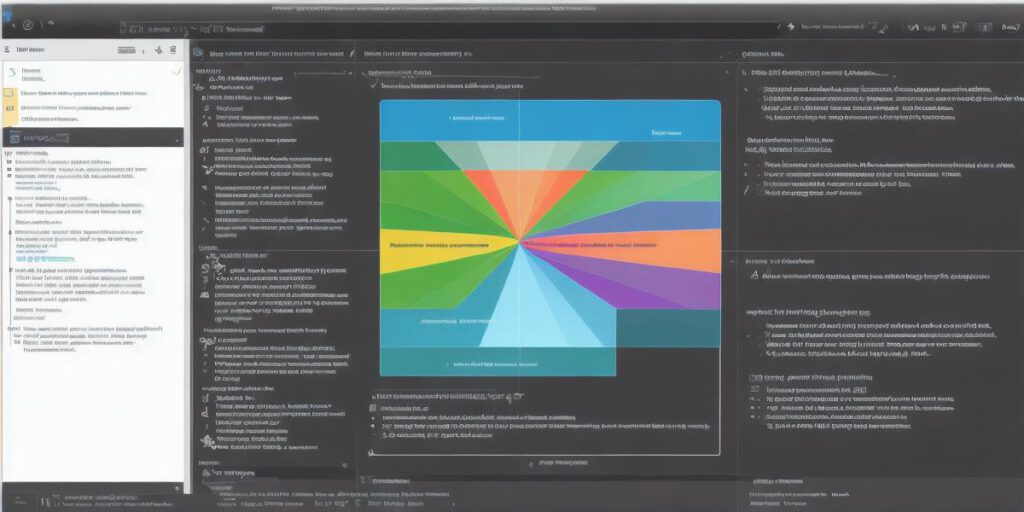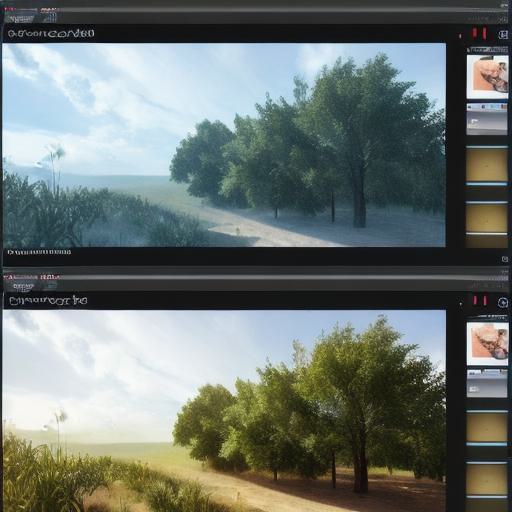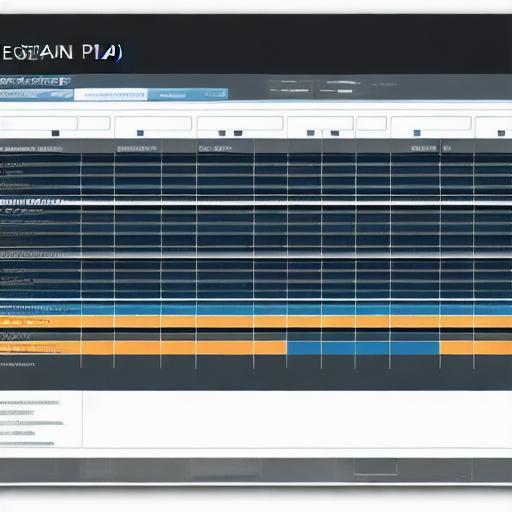How does software engineering work

Have you ever wondered how software engineers create the programs and applications that we use every day? In this beginner’s guide, we will delve into the world of software engineering and explore how it works. We will look at the various stages involved in software development, the tools and technologies used by software engineers, and the different types of software engineering that exist.
Understanding Software Engineering

Software engineering is the process of designing, creating, testing, and maintaining software systems. It involves a combination of computer science principles, project management techniques, and human factors engineering. Software engineering can be applied to various types of software, including operating systems, applications, databases, and systems for managing information.
The Stages of Software Development
Software development is typically divided into several stages, each with its own specific goals and tasks. These stages include:
- Requirements Gathering: This stage involves identifying the needs of the client or user and defining what they want the software to do. In this stage, a detailed project plan is created, outlining the timeline, budget, and resources required for the project.
- Design: In this stage, the software architecture is designed based on the requirements gathered in the previous stage. This includes creating diagrams, flowcharts, and other visual representations of the software design.
- Development: In this stage, the actual programming and coding of the software takes place. Developers write code using programming languages such as Java or Python and compile it into an executable program.
- Testing: This stage involves testing the software to ensure that it meets the requirements defined in the first stage. Testers find defects and bugs in the software, which are then fixed by the development team.
- Deployment: In this stage, the software is deployed to the production environment, where it can be accessed by end-users.
- Maintenance: This stage involves ongoing support and updates to the software to ensure that it continues to meet the needs of end-users.
Tools and Technologies Used in Software Engineering
There are many tools and technologies used in software engineering, including:
- Integrated Development Environments (IDEs): IDEs are software applications that provide a comprehensive environment for developing software. Examples of IDEs include Eclipse and Visual Studio.
- Version Control Systems: Version control systems allow developers to track changes made to the software code and collaborate with other team members. Git is a popular version control system used in software engineering.

- Debugging Tools: Debugging tools are used to identify and fix errors in the software code. Examples of debugging tools include Visual Studio’s debugger and Chrome’s developer tools.
- Testing Frameworks: Testing frameworks provide a structured way to test software applications. JUnit is a popular testing framework used in Java development.
- Cloud Computing Platforms: Cloud computing platforms provide a scalable and flexible environment for deploying and managing software applications. Examples of cloud computing platforms include Amazon Web Services (AWS) and Microsoft Azure.
Types of Software Engineering
There are several types of software engineering, including:
- Waterfall: The waterfall model is a linear approach to software development, where each stage is completed before moving on to the next one. This approach can be inflexible and difficult to adapt to changing requirements.
- Agile: Agile is an iterative approach to software development that emphasizes collaboration, flexibility, and continuous improvement. Agile projects are broken down into smaller, manageable tasks that can be completed quickly and frequently.
- DevOps: DevOps is a cultural shift that aims to improve the speed and quality of software delivery by breaking down the barriers between development and operations teams. DevOps practices include automation, continuous integration and deployment, and infrastructure as code.
- Software Development Life Cycle (SDLC): SDLC is a systematic approach to software development that covers all stages of the software development process, from requirements gathering to deployment and maintenance.
Case Study: A Software Engineering Project
Let’s look at a real-life example of a software engineering project to see how it works in practice.
Imagine you are working on a software project for a client who wants a new e-commerce website. The requirements gathering stage involves identifying the features and functionality that the client needs, such as product catalogs, shopping carts, and payment processing.